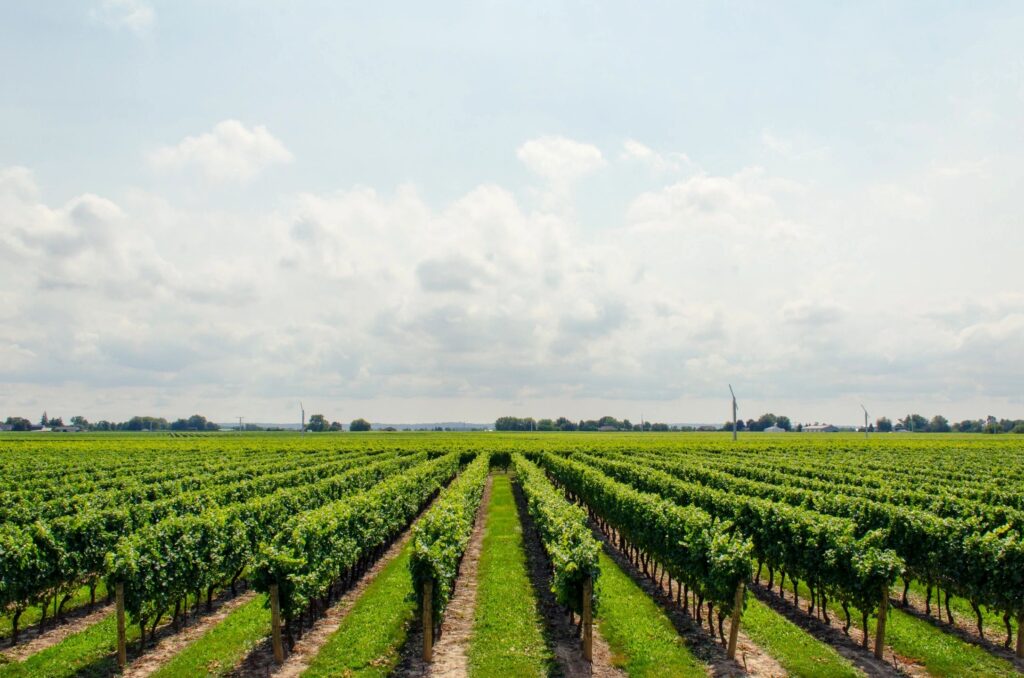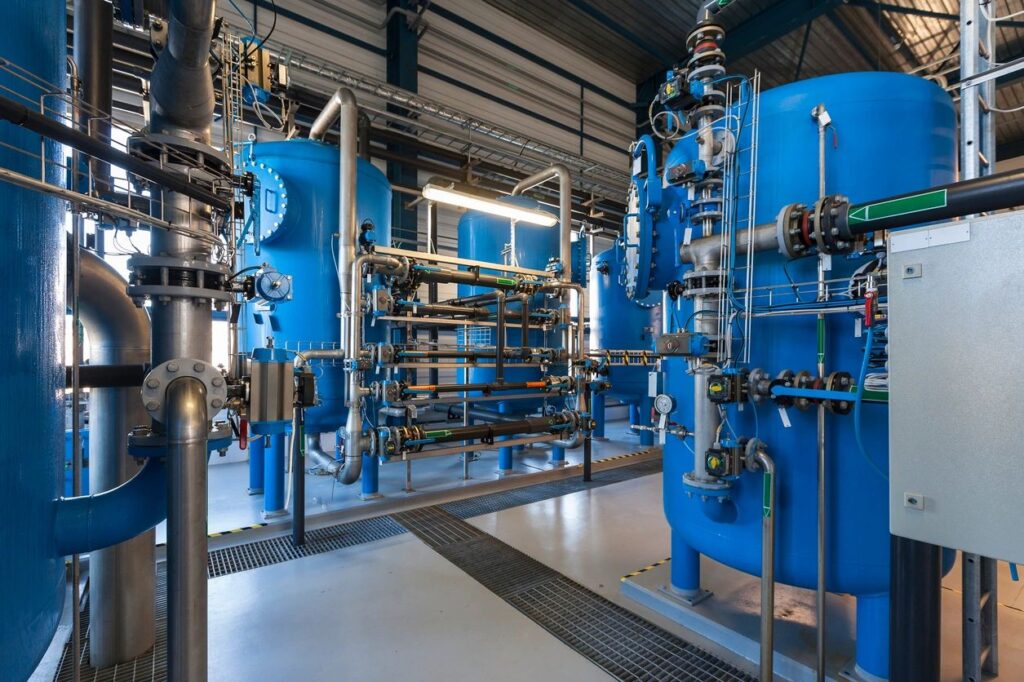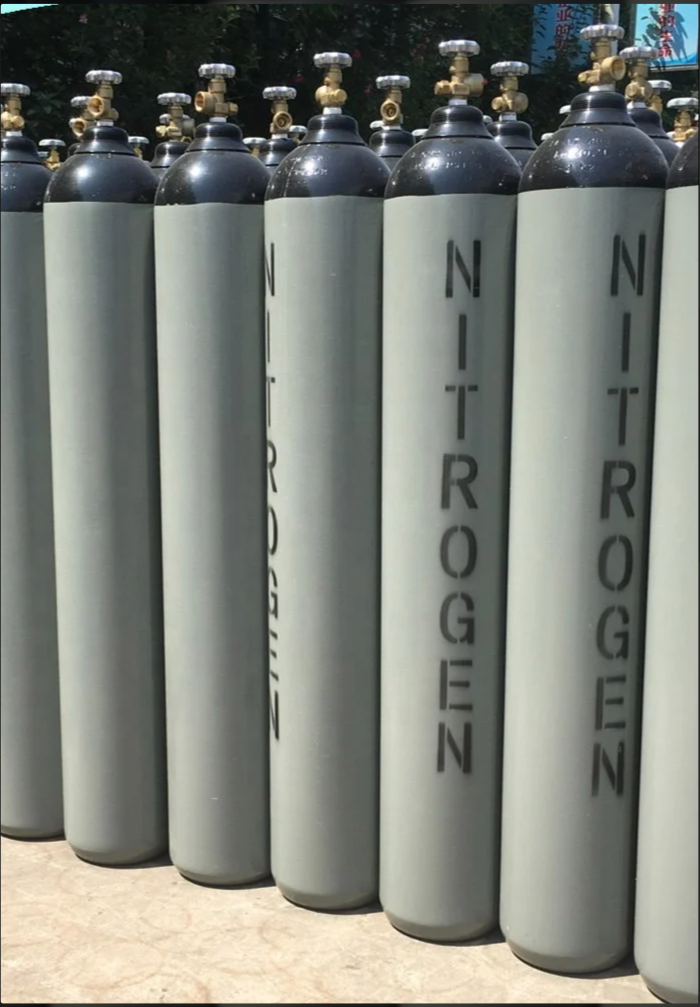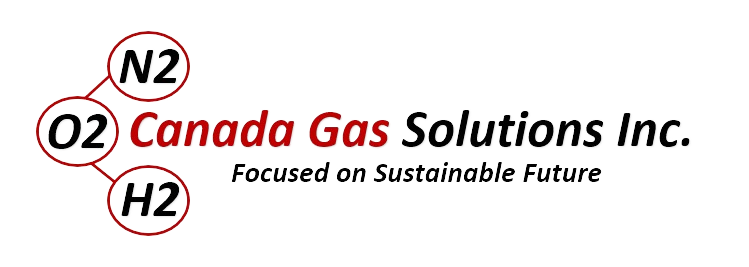
In the intricate world of winemaking, where every detail matters, the use of nitrogen gas has become an indispensable tool for enhancing both quality and efficiency. Nitrogen, a colorless and odorless gas, finds its application at various stages of the winemaking process, from grape harvesting to bottling. Its inert nature and versatile properties make it an ideal choice for winemakers striving for excellence. Let’s jump into the significant roles nitrogen gas plays in the wine industry and explore the impact of on-site nitrogen gas generators on winemaking processes.
Preservation and Protection:
One of the primary uses of nitrogen gas in winemaking is for preservation and protection. Once grapes are harvested, they undergo various processes such as crushing, pressing, and fermentation. Throughout these stages, exposure to oxygen can lead to oxidation, which compromises the flavor, aroma, and overall quality of the wine. Nitrogen gas serves as a blanket, displacing oxygen from tanks, barrels, and bottles, thus minimizing the risk of oxidation and preserving the freshness of the wine.
Blanketing During Fermentation:
During fermentation, yeast converts sugars in the grape juice into alcohol and carbon dioxide. To maintain optimal conditions for fermentation and to prevent unwanted microbial growth, winemakers often employ nitrogen gas to create an inert atmosphere within fermentation vessels. This ensures a stable environment conducive to the growth of desired yeast strains and minimizes the risk of off-flavors or spoilage.
Inert Gas Sparging:
Inert gas sparging is another crucial application of nitrogen gas in winemaking. This process involves bubbling nitrogen gas through liquids to remove dissolved oxygen. By purging oxygen from wine or wine components, winemakers can prevent oxidative reactions that degrade the wine’s quality and shelf life. In addition, inert gas sparging can be used during filtration and bottling to displace oxygen and minimize the risk of oxidation at critical stages.
Enhancing Wine Quality:
The use of nitrogen gas not only helps preserve wine but also contributes to its quality. By minimizing oxygen exposure throughout the winemaking process, nitrogen helps retain the wine’s vibrant color, fresh aroma, and lively flavors. Furthermore, nitrogen gas can facilitate the removal of unwanted volatile compounds, contributing to the refinement and balance of the final product.
On-Site Nitrogen Gas Generation:

ON-SITE NITROGEN GAS GENERATION

COMPRESSED NITROGEN GAS CYLINDERS
Traditionally, wineries relied on bottled nitrogen gas for their operations, requiring frequent deliveries and storage space. However, advancements in technology have paved the way for on-site nitrogen gas generation systems. These systems utilize membrane or pressure swing adsorption (PSA) technology to extract nitrogen from the surrounding air, offering wineries a cost-effective and sustainable alternative.
The implementation of on-site nitrogen gas generators provides wineries with greater control and flexibility over their nitrogen supply. By producing nitrogen on-demand, winemakers can eliminate the need for frequent deliveries and reduce the risk of running out of gas during critical stages of production. Moreover, on-site generation systems offer energy efficiency benefits and minimize the carbon footprint associated with transporting bottled gases.
Impact on Efficiency and Sustainability:
The adoption of on-site nitrogen gas generators has significant implications for both the efficiency and sustainability of winemaking operations. By streamlining nitrogen supply and reducing reliance on external suppliers, wineries can optimize their production processes and minimize downtime. Furthermore, the elimination of bottled gas deliveries reduces transportation-related emissions and contributes to a more sustainable approach to winemaking.
In conclusion, nitrogen gas plays a vital role in the wine industry, serving as a key tool for preservation, protection, and quality enhancement. From preventing oxidation during fermentation to maintaining freshness in bottled wine, nitrogen gas contributes to the creation of exceptional wines. With the advent of on-site nitrogen gas generation technology, wineries can further optimize their operations, improve efficiency, and embrace sustainable practices for a brighter future in winemaking.
Enquire Now

